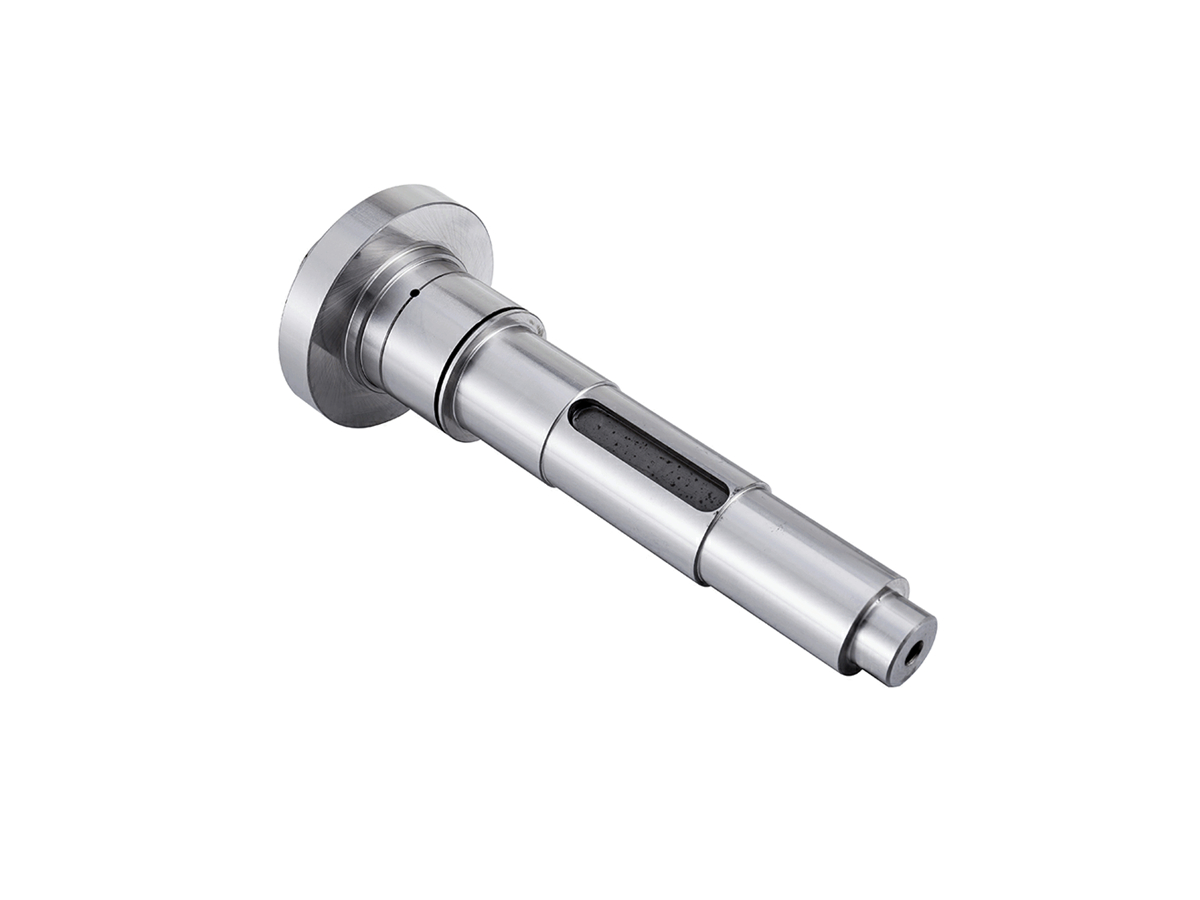Revolutionizing Power Generation: CNC Grinding Solutions for Carbon Steel and Stainless Steel
Precision in Extreme Operating Conditions
Power generation components face relentless demands—from 600°C steam turbine environments to corrosive cooling systems. CNC grinding services achieve ±0.002mm tolerances and Ra 0.1μm finishes on carbon steel and stainless steel, critical for minimizing energy loss in turbine blades and reactor housings. Due to their high-temperature strength and fatigue resistance, these materials constitute 70% of thermal power plant components.
The transition to ultra-supercritical (USC) power plants has driven demand for multi-axis CNC machining. From 4140 steel turbine shafts to SUS316L stainless steel heat exchangers, precision grinding extends component lifespan by 300% while meeting ASME Boiler & Pressure Vessel Code standards.
Material Selection: Balancing Strength and Corrosion Resistance
Material | Key Metrics | Power Generation Applications | Limitations |
|---|---|---|---|
950 MPa UTS, 12% elongation | Turbine rotors, generator shafts | Requires thermal coatings above 450°C | |
485 MPa UTS, 40% Cr-Ni-Mo | Condenser tubes, reactor coolant pumps | Susceptible to chloride stress corrosion | |
620 MPa UTS @600°C | USC boiler headers | Post-weld heat treatment required | |
1,300 MPa UTS, H1150 condition | Geothermal wellhead components | Magnetic properties limit some uses |
Material Selection Protocol
High-Temperature Turbine Systems
Rationale: 4140 steel quenched to HRC 28-32 withstands 10⁷ fatigue cycles at 400°C. Post-grinding laser cladding with Inconel 625 improves oxidation resistance.
Validation: ASME SA-541 mandates 4140 for shafts in 700MW+ turbines.
Corrosive Cooling Circuits
Logic: 316L stainless steel polished to Ra 0.2μm reduces biofilm adhesion by 90% in seawater-cooled condensers.
Ultra-High Pressure Components
Strategy: P91 steel with shot peening (0.3mm Almen intensity) achieves 200,000+ pressure cycles in 300-bar boilers.
CNC Grinding Process Optimization
Process | Technical Specifications | Power Applications | Advantages |
|---|---|---|---|
0.001mm flatness, Ra 0.05μm | Turbine blade roots | Eliminates manual lapping | |
0.002mm roundness, 1,500mm max length | Generator rotor journals | Achieves 0.003mm/m taper | |
3-500mm bore, ±0.005mm diameter | Hydraulic control valves | Maintains 0.01mm concentricity | |
5mm depth of cut, 1m/min feed | Turbine blade fir-tree slots | Reduces cycle time by 50% |
Process Strategy for Turbine Shafts
Rough Grinding: CBN wheels remove 0.5mm stock at 120 m/sec.
Stress Relief: 550°C tempering for 4 hours (per AMS 2750).
Finish Grinding: Diamond wheels achieve Ra 0.1μm on 500mm journals.
Coating: HVOF WC-10Co-4Cr applied for erosion resistance.
Surface Engineering: Enhancing Component Lifespan
Treatment | Technical Parameters | Power Industry Benefits | Standards |
|---|---|---|---|
1.2mm depth, 60 HRC | Turbine blade leading edges | DIN EN 10052 | |
Ra 0.05μm, 20μm material removal | Reduces pump cavitation by 70% | ASTM B912 | |
0.3mm case depth, 1,100 HV | Valve stems for coal-fired plants | AMS 2759/7 | |
100μm Fe-Al layer, 900°C oxidation limit | Boiler tubes in USC plants | ASME SA213 |
Coating Selection Logic
Coal Ash Erosion Zones
Solution: HVOF WC-10Co-4Cr coatings withstand 30 m/s fly ash particles, extending tube life by 5x.
High-Temperature Oxidation
Method: Aluminized P91 steel reduces scale formation by 80% at 620°C.
Quality Control: Power Industry Validation
Stage | Critical Parameters | Methodology | Equipment | Standards |
|---|---|---|---|---|
Hardness Testing | 200-300 HB for 4140 steel | Rockwell C scale | Wilson 574 | ASTM E18 |
Dimensional Inspection | 0.001mm profile tolerance | Laser scanning | Hexagon Absolute Arm | ASME Y14.5 |
NDT | 0.1mm crack detection | Phased array ultrasound | Olympus Omniscan MX2 | ASME Section V |
Pressure Testing | 1.5x MAWP for 30 minutes | Hydro/pneumatic test rig | Curtiss-Wright 6900PSI | ASME BPVC Section VIII |
Certifications:
ASME NQA-1 for nuclear component fabrication.
ISO 9001:2015 with Cpk >1.67 for critical dimensions.
Industry Applications
Gas Turbine Blades: 17-4PH stainless + creep-feed grinding (Ra 0.2μm).
Nuclear Reactor Coolant Pumps: 316L stainless + electropolishing (Ra 0.05μm).
Coal Pulverizer Rolls: 4140 steel + plasma nitriding (0.4mm case depth).
Conclusion
Precision CNC grinding services enable power plants to achieve 99.95% operational availability while reducing maintenance costs by 40%. Integrated one-stop manufacturing ensures ASME-compliant components in 50% less lead time.
FAQ
Why choose 4140 steel over 4340 for turbine shafts?
How does electropolishing improve pump efficiency?
What certifications are critical for nuclear components?
Can CNC grinding handle 5m-long generator rotors?
How to mitigate thermal distortion during grinding?

